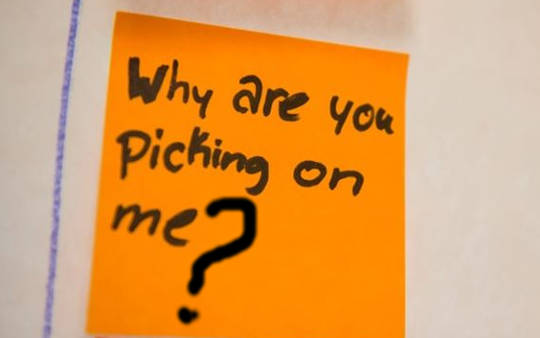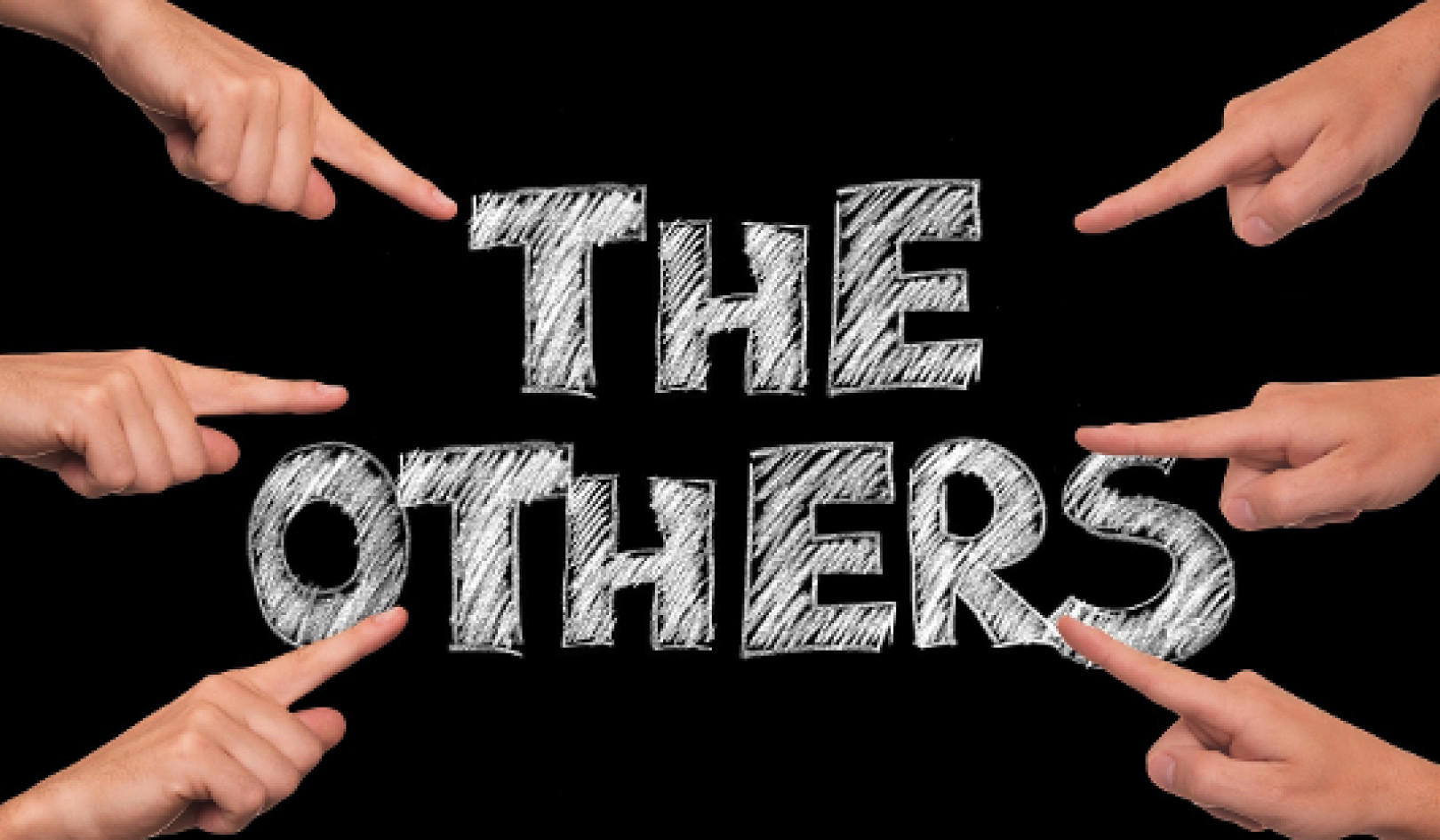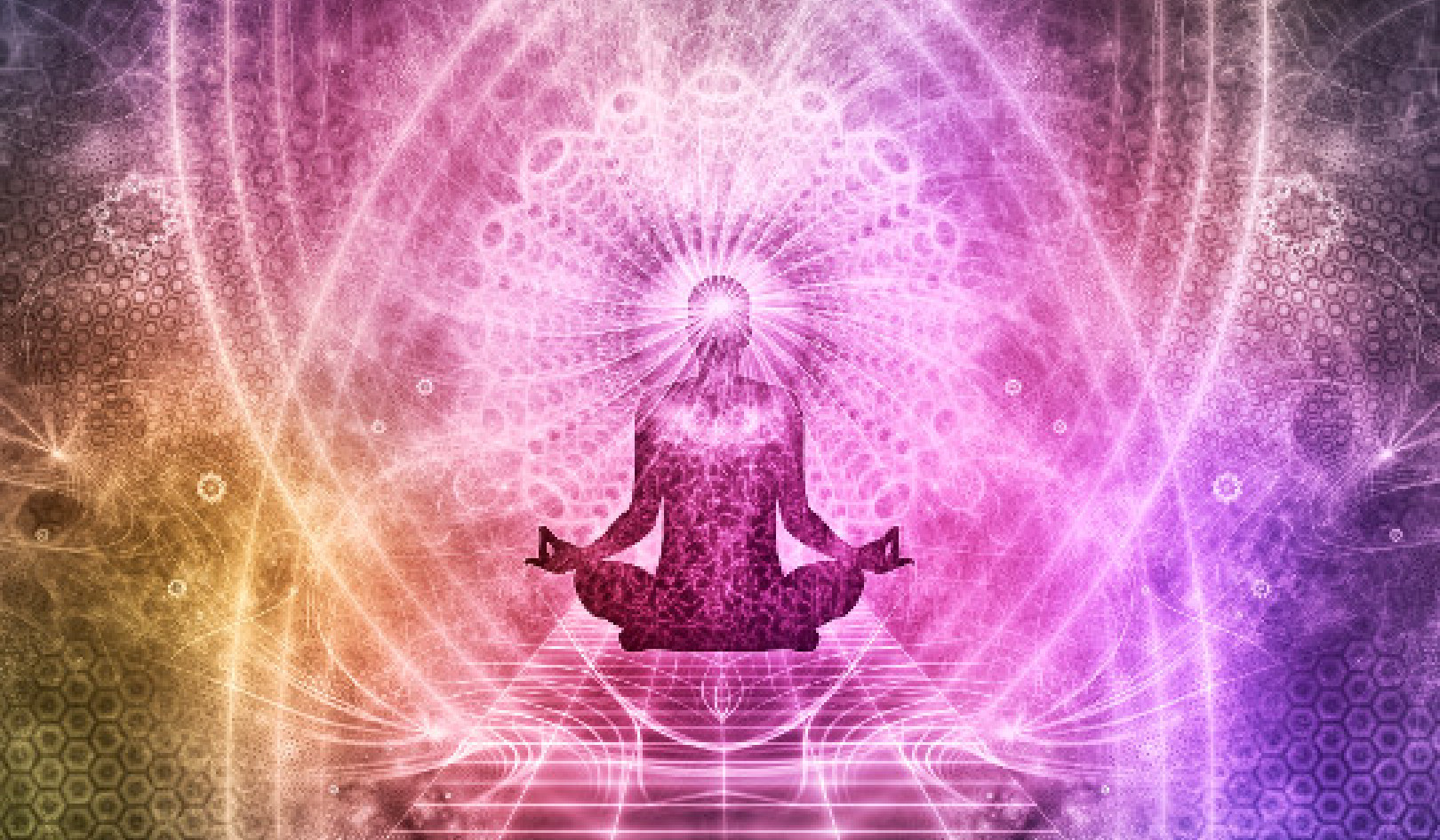
After years of unsuccessful efforts to diminish, expel, eradicate, and overcome the pain in my body, I wondered if the pain sensations might be a voice for not only the body but other levels of the self as well.
I understood that, while pain felt strong and overbearing and it absolutely dominated my attention, it was not necessarily an adversarial power. It was a reaction.
Pain accompanied me in a most unpleasant manner, but it was a signal to be received and decoded, not a foe to be fought and annihilated. Allowing it space to express itself seemed counterproductive; still, I began to wonder what could happen if I began to respect and honor my pain.
While it seemed to be the demanding dictator of my life because it was so loud and insistent, I understood that it was also a messenger. It was the effect of something. It signaled, it warned, it annoyed, but that was part of its purpose. Pain was fulfilling its mission.
The Inner Wisdom Of My Body
I finally realized that I wasn’t going to be able to even start the process of true healing until I had achieved a deeper level of trust with the inner wisdom that was running my physical system.
It seemed that it had a road map to health in its own language that I wasn’t privy to or hadn’t bothered to learn. It occurred to me that I might even be delaying my recovery and prolonging my time in pain by trying to hurry things along at my own preferred pace.
What if I needed to back down, relax, enter a state of calm, and learn to listen to the innate wisdom of my body and inner self through the code expressed as pain?
What if I did something radical and sort of uncovered my ears and eyes and really tried to see and hear what this pain in my body was trying to say to me, instead of constantly attempting to overcome it, close it down, and basically shut it up?
What possibilities for healing might open up if I began to relate to it as part of an interconnected system, me, the whole me, and began to tune in to the ways it was communicating?
How, then, could I find a way to be in a different relationship with pain so that I was no longer utterly beholden to it, but without treating it as an adversary? I asked myself, if pain were my voice, what might I be trying to tell myself?
Listening To And Interacting With My Pain
Since nothing I was doing to stop it was working, I decided to open up to the possibility of healing through meeting pain where and how it wanted to be met.
What this meant, I wasn’t exactly sure, but it occurred to me that the degree to which I could listen to and interact positively with the pain that was living in my body might be the degree to which I could heal.
It goes against our current ideas of health to let pain be felt fully and to respond to it as an agent of healing. Yet, despite our usual rejection of anything painful, I felt that maybe there was untapped wisdom to be found within the experience of pain itself.
Perhaps the manifestation of the profoundest healing included an understanding that pain sensations may be more than just a physical reaction; they may include an expression of deeper levels of the self as well.
The answer, for me, lay in finding a way to understand pain from a more holistic perspective and to see it from a positive standpoint.
This meant seeing myself not as a helpless victim but as someone on a journey. It meant looking at pain as a signpost and a guide, not a problem to be overcome.
It meant letting go of the mentality that I was at the mercy of my condition and my circumstances. Instead of seeing pain as an invader and a curse, I could imagine it as part of something that was trying to heal itself in my life and, somehow, through my life — an expression of something that wanted to make me whole.
My First Letter to Pain
Dear Pain,
So, here’s what I haven’t allowed before because I feared, like my fantasy of the unbathed odiferous stranger, that if I gave you that much space, you would want the whole house. Could I trust the stranger to take only what he really needed if I opened my house to him? Is that the right thing to do?
So I fear you’re like that, Pain. I fear you are insatiable.
You sure seem to be — you show up in my face every hour of every day demanding attention. But if I give you more attention, won’t you take even more from me? What if I dared to give you a voice and listened to what you had to say? Could I risk giving you that much power? That much room?
Communicating with Pain Face-to-Face
Once I realized that pain was not going to be leaving my body anytime soon and that I simply didn’t understand its purpose, I decided to meet it face-to-face, so to speak. I wondered what pain would look like if it appeared in front of me for the purposes of a dialogue.
This intrigued me. If pain took form, I could ask it questions. I could see the meaning it held in the form it took. I could see it as something with boundaries rather than an all-consuming reality.
From that point on, I began to dream up new avenues of dialogue with pain in order to understand how it connected with and was interwoven through both the physical and the nonphysical layers of the self. I created ways to interact with pain differently, to establish a new kind of relationship with it and, ultimately, with myself.
I began by getting quiet. I asked pain questions. I wrote letters to pain. I played with the idea of pain as a messenger, a character, a force for good. I wanted to know what pain had to do with me and how it expressed as me and through me. I turned my ideas about pain on their head.
The results were very encouraging. Pain did not leave my body all at once or even completely. But it began to get quieter, less intense. It reacted like a wounded creature that finally felt safe or an angry child soothed. It stepped down, so to speak. It relaxed.
And the most important thing I found was that I needed to allow pain to be what it was, as it was, before I could expect it to move on.
I understood that, in some strange way, it felt heard and respected. That seemed like an absolutely key understanding. Pain was something in me that, perhaps inexplicably, but in a very real way, needed a different kind of attention.
Recognizing Pain's Purpose
It occurred to me that pain wouldn’t leave until I recognized its purpose and said yes to whatever it needed to give me, tell me, or show me. This allowed me to see pain as something that offered me a gift, strange as it might be, and the opportunity to consciously choose to accept this gift.
I began experimenting with how I related to the pain in my body and how that relationship affected all the other relationships in my life, including my relationship with myself.
To me, pain seemed very much like a little child pulling on a pant leg and whining. You keep telling the child to stop and be quiet but they only get more upset. Finally, you take a breath, squat down, look the child in the eyes, and calmly ask, What would you like to tell me?
I’m not saying that your pain is a child stuck inside of you (or maybe that’s not so far off the mark), but something is calling to be noticed and responded to, and most of us simply try to make it stop. I discovered that when I decided to give pain all the time it needs, turn toward it, so to speak, and pay attention to it, it almost immediately began to relax and release.
Finding The Gift Or The Message
I wanted to find out if the gift or the message was from pain itself, from life, from my body, or from me to me. Or maybe it didn’t matter; it was all really the same thing.
Working with these creative avenues helped me to stop trying to attack my pain and, instead, to find ways to be with my experience differently and, ultimately, more positively.
They opened the door to listening to, hearing, and responding to pain in ways that were more conducive to deep healing.
©2018 by Sarah Anne Shockley
Used with permission of New World Library.
www.newworldlibrary.com
Article Source
The Pain Companion: Everyday Wisdom for Living With and Moving Beyond Chronic Pain
by Sarah Anne Shockley.
 Where do you turn when medication and medical treatments do not relieve persistent, debilitating pain? What can you do when pain interferes with work, family, and social life and you no longer feel like the person you used to be? Relying on firsthand experience with severe nerve pain, author Sarah Anne Shockley accompanies you on your journey through pain and offers compassionate, practical advice to ease difficult emotions and address lifestyle challenges.
Where do you turn when medication and medical treatments do not relieve persistent, debilitating pain? What can you do when pain interferes with work, family, and social life and you no longer feel like the person you used to be? Relying on firsthand experience with severe nerve pain, author Sarah Anne Shockley accompanies you on your journey through pain and offers compassionate, practical advice to ease difficult emotions and address lifestyle challenges.
Click here for more info and/or to order this paperback book or purchase the Kindle edition.
About the Author
 Sarah Anne Shockley is a multiple award winning producer and director of educational films, including Dancing From the Inside Out, a highly acclaimed documentary on disabled dance. She has traveled extensively for business and pleasure. She holds an MBA in International Marketing and has worked in high-tech management, as a corporate trainer, and teaching undergraduate and graduate business administration. As the result of a work related injury in the Fall of 2007, Sarah contracted Thoracic Outlet Syndrome (TOS) and has lived with debilitating nerve pain since then.
Sarah Anne Shockley is a multiple award winning producer and director of educational films, including Dancing From the Inside Out, a highly acclaimed documentary on disabled dance. She has traveled extensively for business and pleasure. She holds an MBA in International Marketing and has worked in high-tech management, as a corporate trainer, and teaching undergraduate and graduate business administration. As the result of a work related injury in the Fall of 2007, Sarah contracted Thoracic Outlet Syndrome (TOS) and has lived with debilitating nerve pain since then.
Books by this Author
at InnerSelf Market and Amazon


























